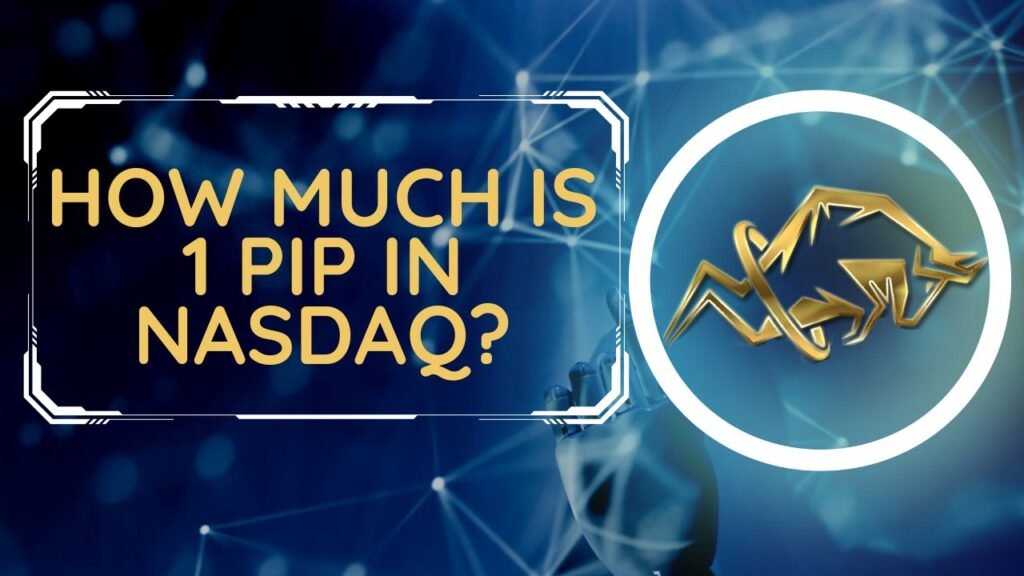
When it comes to trading on the Nasdaq, understanding the concept of a “pip” is crucial. A pip, which stands for “price interest point,” represents the smallest price movement in a given exchange rate or financial instrument. In this article, we’ll delve into the significance of pips in Nasdaq trading and how they can impact your trading decisions.
What is a Pip?
A pip in Nasdaq trading refers to the minimum price movement that can be observed in the value of an asset. For most major currency pairs, a pip is typically the fourth decimal place in the exchange rate. However, Nasdaq trading involves stocks, indices, and commodities, so the concept of a pip can be a bit different.
Calculating Pip Value in Nasdaq
Calculating the value of a pip in Nasdaq trading depends on the specific asset you’re trading and the contract size. Different assets have different tick sizes, which represent the minimum price movement. To calculate the pip value, you can use the following formula:
Pip Value = (Tick Size / Current Market Price) * Contract Size
Example: Nasdaq 100 Index
Let’s consider the Nasdaq 100 Index as an example. The tick size for the Nasdaq 100 Index futures contract is typically 0.25. If the current market price of the index is 15,000 points, and the contract size is $20 per index point, we can calculate the pip value as follows:
Pip Value = (0.25 / 15000) * $20 = $0.0333
In this scenario, a one-point movement in the Nasdaq 100 Index would result in a pip value of approximately $0.0333.
Importance of Understanding Pip Value
Understanding the value of a pip is essential for risk management and profit calculation. Traders use pip values to determine their potential gains or losses for a given trade. By knowing the pip value, traders can set appropriate stop-loss and take-profit levels, ensuring that the potential risk aligns with their trading strategy.
Using Pip Values in Trading
- Risk Management: Knowing the pip value helps traders determine the appropriate position size based on their risk tolerance. This prevents overexposure and potential large losses.
- Profit Calculation: Pip values aid in estimating potential profits. Traders can gauge whether a trade’s potential reward justifies the risk undertaken.
- Trade Comparison: Comparing pip values across different assets allows traders to assess which markets might offer better trading opportunities.
Conclusion
In Nasdaq trading, a pip represents the smallest price movement of an asset. Understanding the pip value is essential for effective risk management, profit calculation, and making informed trading decisions. By grasping the concept of pips and their value, traders can navigate the Nasdaq market with greater confidence.
Remember, successful trading requires not only a grasp of technical concepts like pips but also a well-defined trading strategy and continuous market analysis.
Disclaimer: The information provided in this article is for educational purposes only and should not be considered as financial advice. Trading involves risks, and it’s important to conduct thorough research and consult with financial professionals before making trading decisions.